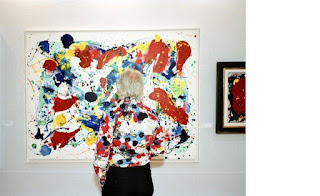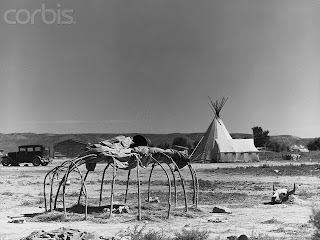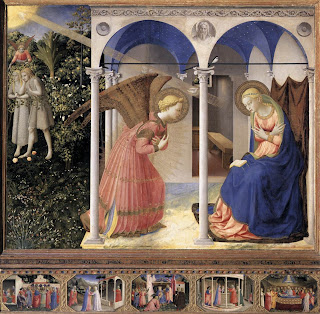Some names and products put a capital letter in the middle of the word, like iPod or Ian McEwan. This is called "Camel Case" or "Binnenmajuskel" in German.
Coincidentally we had a discussion about it in the office last Friday because the corrector girls changed iPod to i-Pod. And I didn't like it. We had this nice struggle, and at the end they published iPod. I do prefer to use the original version of the product. But in Germany not everybody liked the orthography reform of some years ago, so many established their own criteria. FAZ as well. So it be.
Stimulating is the text "Against camel case" published today on NYT.
And I think of bali, mariana, and e.e. cummings who - sistematically or at some extent - avoid capital letters.

But above all, for me it was an impressive experience to have a discussion about a capital P and a dash, while Mexican newspapers do not care AT ALL about orthography or punctuation: "Gente!".
What a shame!
Coincidentally we had a discussion about it in the office last Friday because the corrector girls changed iPod to i-Pod. And I didn't like it. We had this nice struggle, and at the end they published iPod. I do prefer to use the original version of the product. But in Germany not everybody liked the orthography reform of some years ago, so many established their own criteria. FAZ as well. So it be.
Stimulating is the text "Against camel case" published today on NYT.
And I think of bali, mariana, and e.e. cummings who - sistematically or at some extent - avoid capital letters.

But above all, for me it was an impressive experience to have a discussion about a capital P and a dash, while Mexican newspapers do not care AT ALL about orthography or punctuation: "Gente!".
What a shame!



























































